How to Optimize Your Home Design for Indian Summers
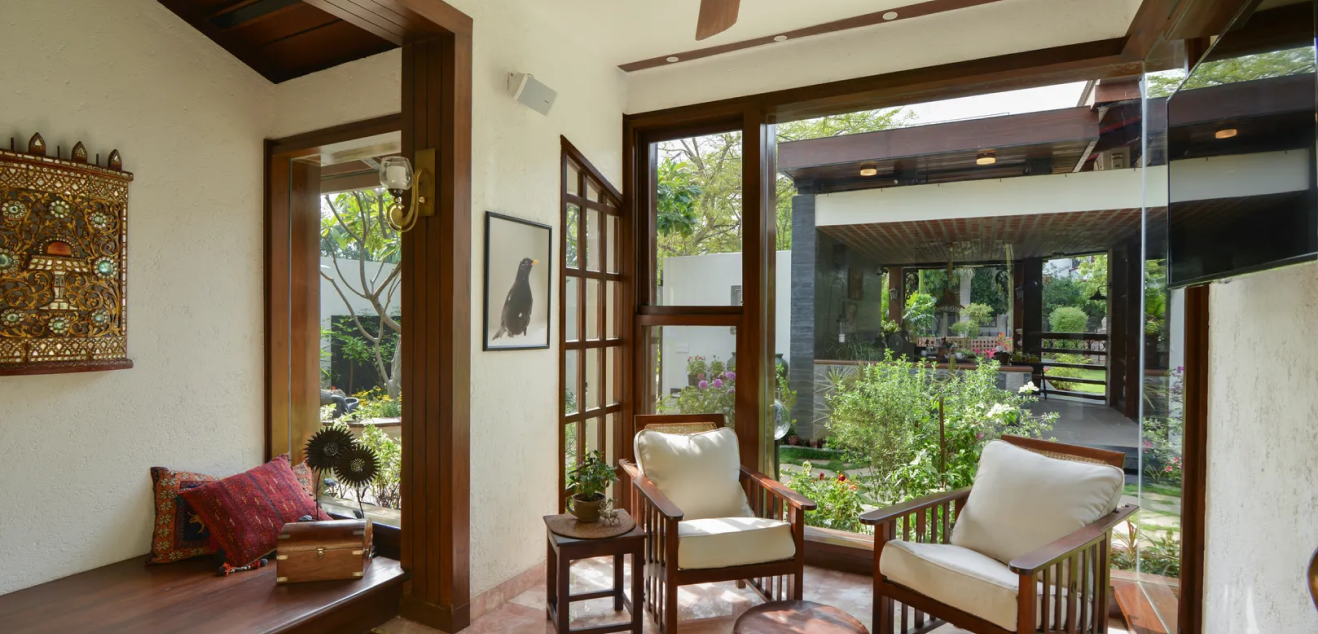
As global warming intensifies with temperatures nearly touching 50 degrees Celsius across many parts of India, the situation is dire for those without AC or during frequent power cuts. Have you ever wondered how our ancestors coped with India's hot and humid climate? The answer lies in their home design, a testament to our rich cultural wisdom.
I agree that due to the more expensive and modern society, we are confined to our small places with no proper ventilation and cooling elements and sometimes not even designed for the hot Indian temperatures in mind, so due to this condition, we can focus on the home interiors incorporating some small changes. Your home can be much cooler for a longer time.
Use Reflective Exterior Finishes
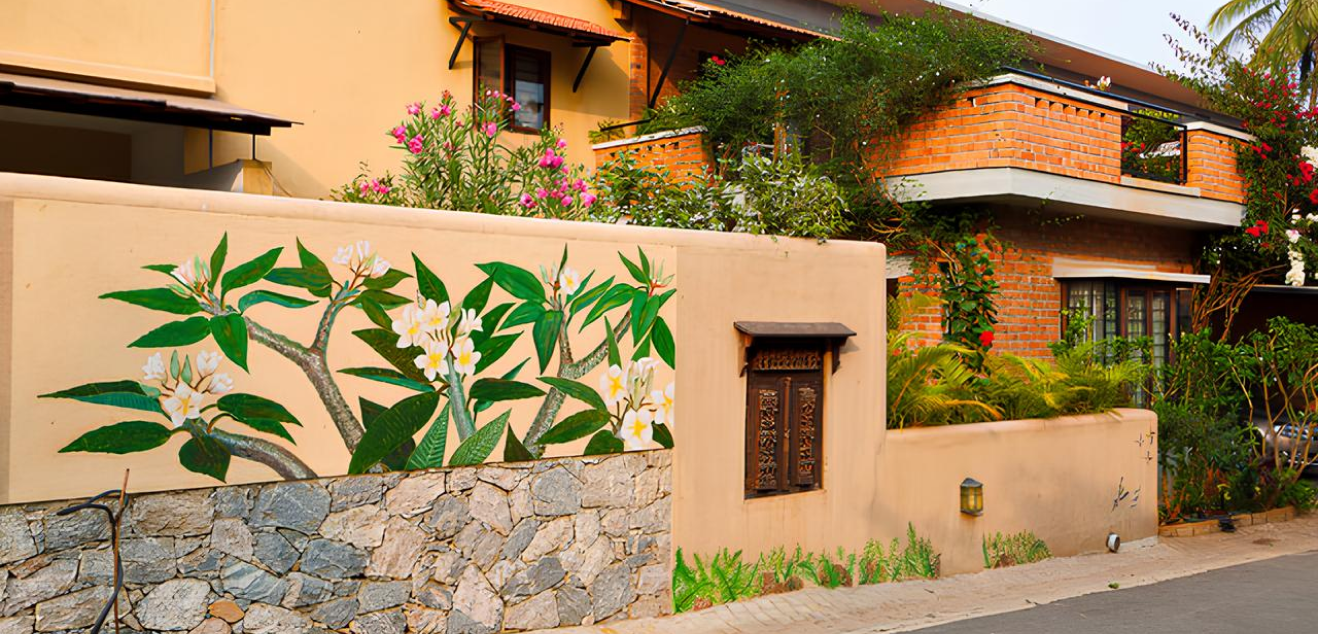
Choosing reflective exterior walls and finishes will hugely benefit your home as they reflect the heat away from your home rather than absorbing it into the walls. Options like pale tints, whites, etc, work best for reflecting the sunlight. For roofs, opt for light-colored clay or concrete tiles, or invest in a reflective roof membrane.
Choose Appropriate Building Materials
Intelligently selecting materials with high thermal mass, such as brick, stone, or any earthy material, will help you to regulate indoor temperatures. 'Thermal mass' refers to the ability of a material to absorb and store heat.
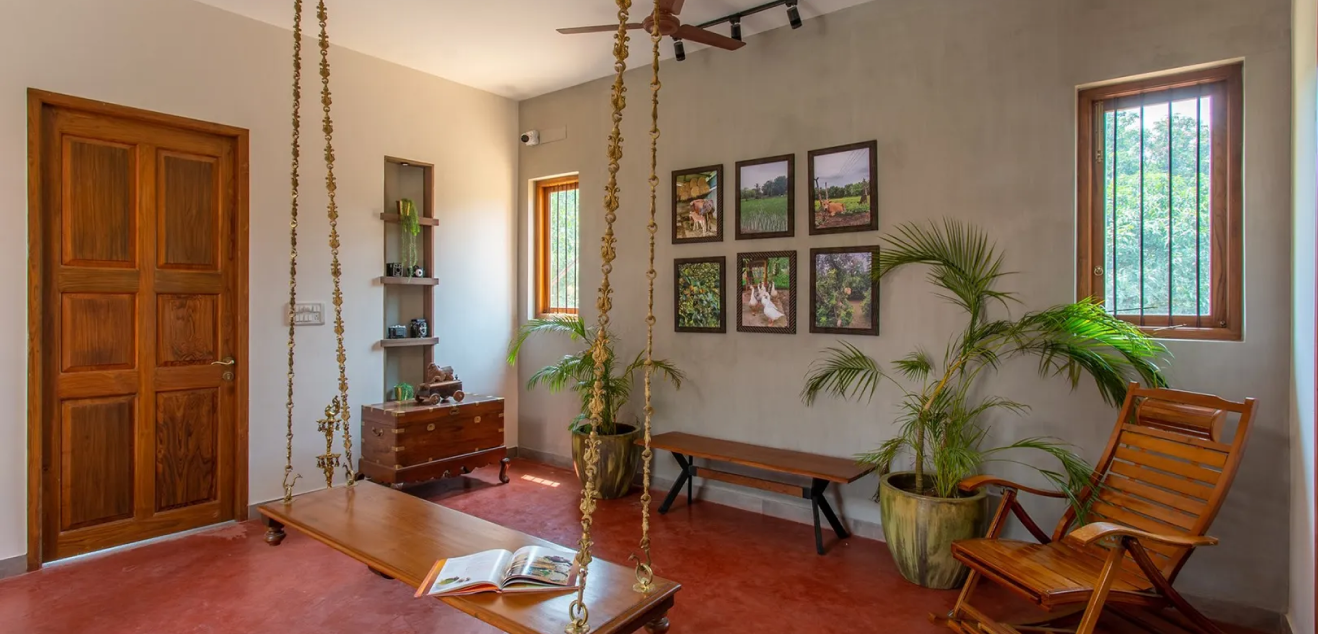
These materials absorb heat instead of reflecting it, eventually creating a more stable and comfortable indoor environment.
Add Greenery
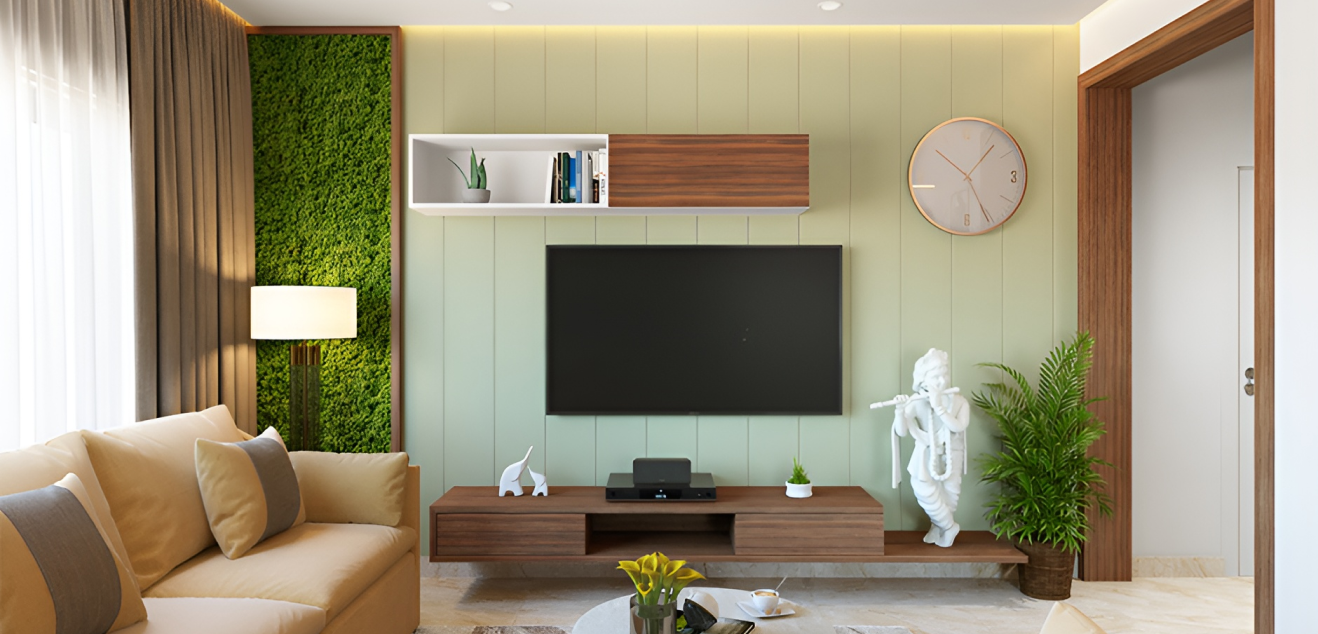
Strategically placing trees, vines, green roofs or pampas grass around your home will provide shade and make a cooling effect. This design approach, known as 'biophilic design ', was a norm in traditional Indian dwellings.
It involves incorporating natural elements into the built environment to create a more harmonious and comfortable living space. That’s why in our old home, plants and trees were inside the house to provide proper airflow and cool the house.
Sustainable Housing
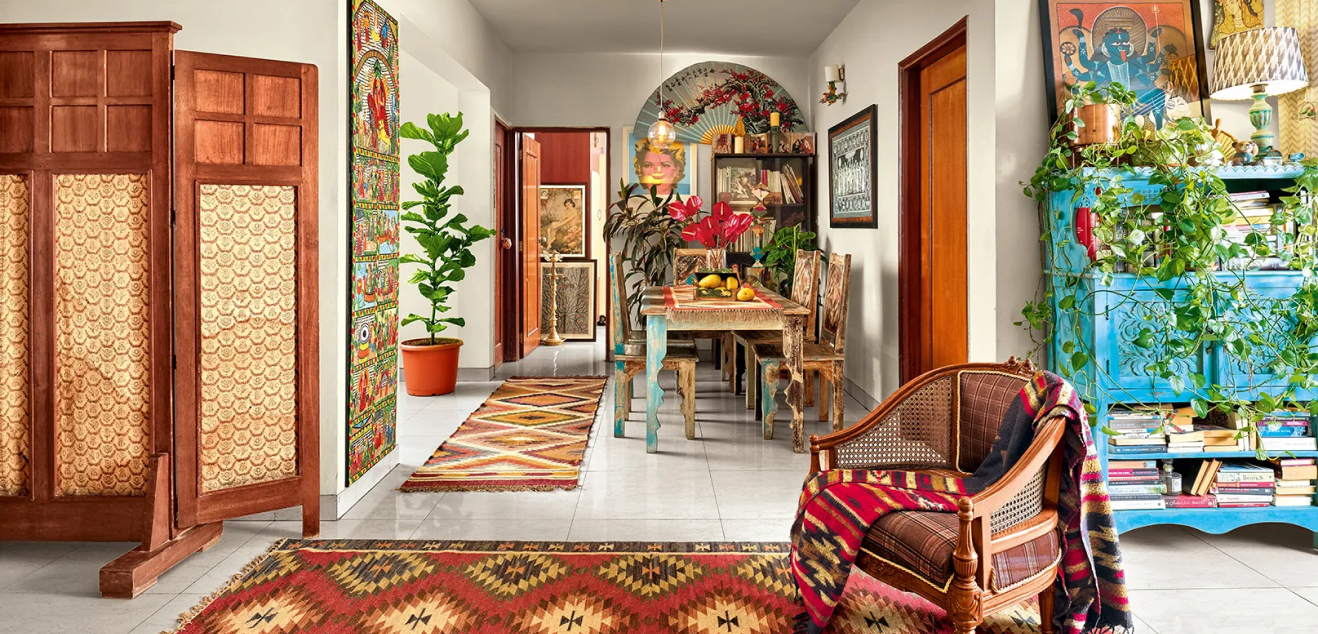
Use light-coloured Interiors: Paint your walls and ceilings with light and reflective colors like white, pale pastels or any lighter shade, as these colors will reflect heat instead of absorbing it, eventually making a cooler and brighter indoor environment.
Use of Natural Fibers: Use natural fibers like cotton, linen, or jute for rugs, curtains, etc. These materials are generally better and more breathable, allowing for better air circulation in your home. This helps keep your indoor environment cooler and more comfortable, especially during hot summers
Install sustainable EVAP Cooling: If you are more environmentally or price-conscious or do not want to install an AC, an evaporative cooling system, also known as 'swamp cooler ', is more eco-friendly and better.
This system works by drawing in warm air from outside and passing it through a wet pad, which cools the air before it is circulated inside your home.
The Use of Bamboo
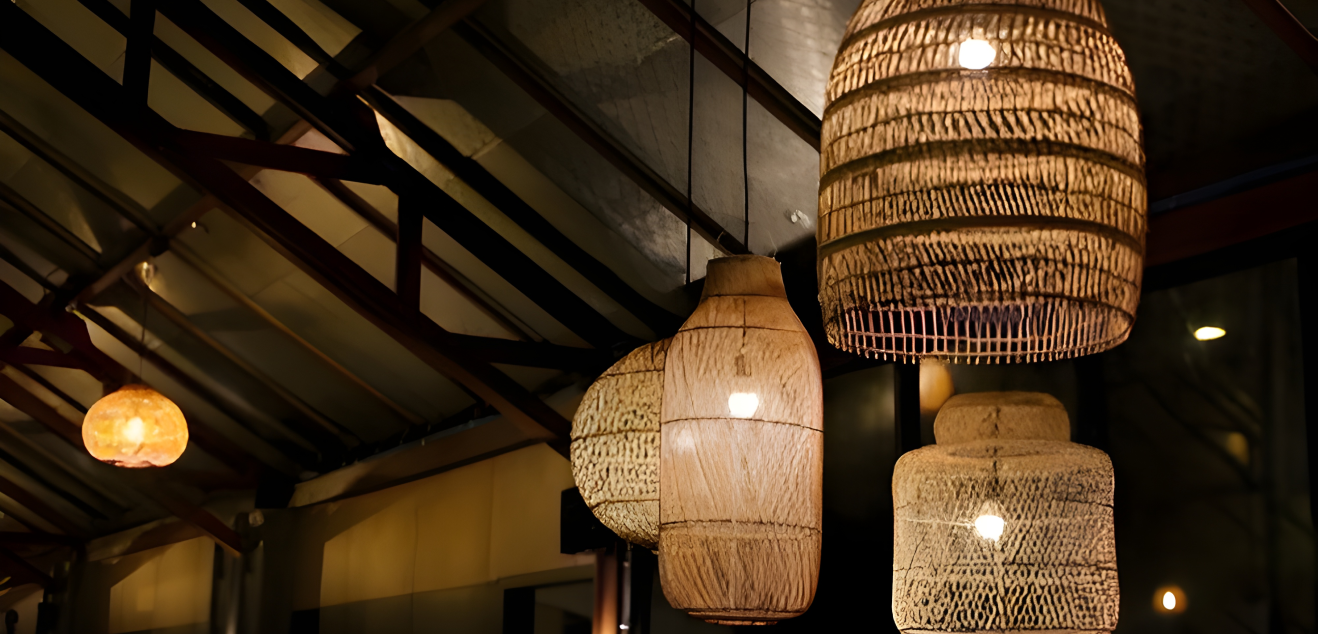
Bamboo is an incredible material that can be used in various ways to keep your home cooler and comfortable during hot summers.
Bamboo in Home Decor
Bamboo pendant lights are beautiful, eco-friendly options that add a natural vibe to any room. You can also use bamboo for furniture, flooring, or even as a partition in your home.
Places to Incorporate Bamboo Pendant Lights:
- Dining room
- Living room
- Bedroom
- Kitchen
- Outdoor spaces
When selecting pendant lights, consider the size and scale of your room and the overall aesthetic design you wish to achieve. Pair them with other natural and biophilic design elements like wooden furniture or indoor plants to create a cohesive and cooling living space that embraces sustainability for a more comfortable living environment.
Dry Grass in Home Design
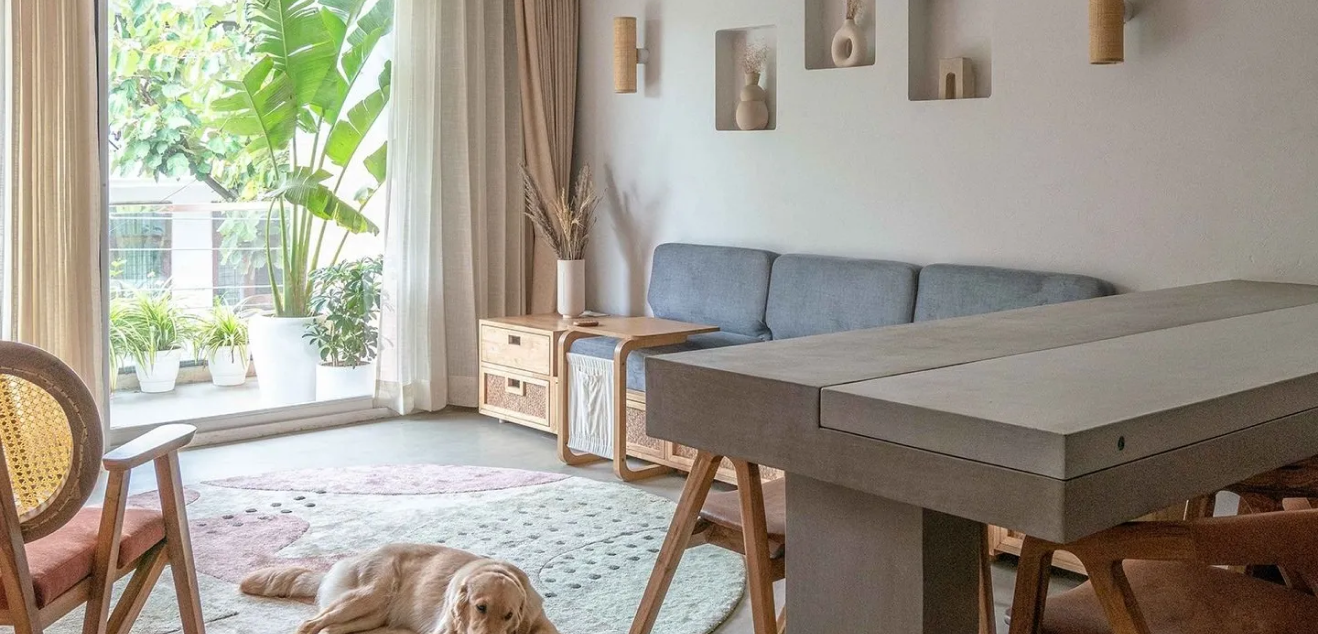
Like many natural materials dry grass also has insulating properties which regulate the indoor temperatures. Dry grass used in wall paneling, ceiling coverings etc. certain type of dry grasses like pampas grass act like natural barriers allowing air circulation while blocking direct sunlight creating a cooling effect similar to traditional mud or bamboo.
Here are some ways to incorporate dry grass into your home decor:
- Wall coverings or panels made from woven grass mats or reed panels
- Grass-thatched ceiling elements or hanging installations
- Grass baskets or storage containers
- Grass blinds or room dividers
- Grass-stuffed cushions or mattresses
- Grass table runners or placemats
- Decorative grass bundles or arrangements
When using dry grass in your home decor, maintain proper ventilation and control moisture to prevent the growth of mold. Additionally, ensure the proper fire safety of your house.
By creatively incorporating dry grass into your home design, you can not only embrace a natural and sustainable aesthetic but also enjoy the cooling benefits it offers, making your living spaces more comfortable during the hot Indian summers.
Conclusion
By implementing these design strategies, inspired by traditional Indian architecture and civilizational wisdom, and incorporating modern energy-efficient techniques, you can optimize your home for the hot and humid Indian summers.
This not only reduces your reliance on air conditioning and lowers your energy bills but also contributes to a sustainable future, minimizing your carbon footprint and preserving the environment for future generations.
Also Read: Illuminate Your Home: A Comprehensive Guide to Wall Lighting
Take action today and embrace sustainable living practices. Your home, your health, and the environment will thank you.
Thank you for reading! For feedback or inquiries about our products, feel free to reach out via WhatsApp



